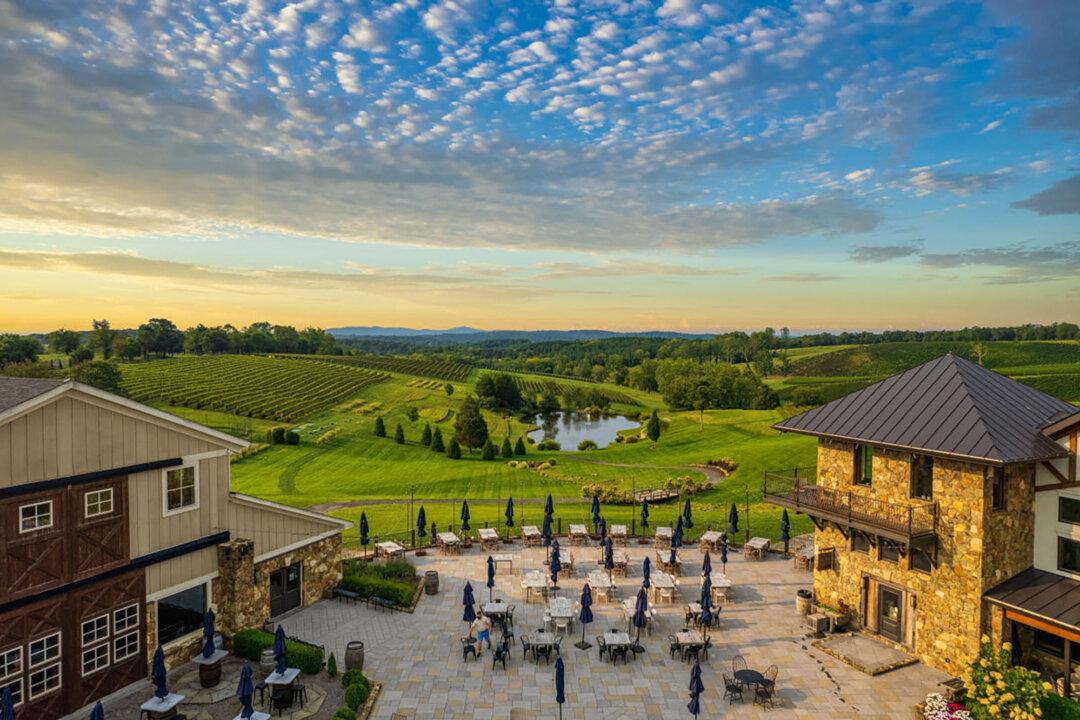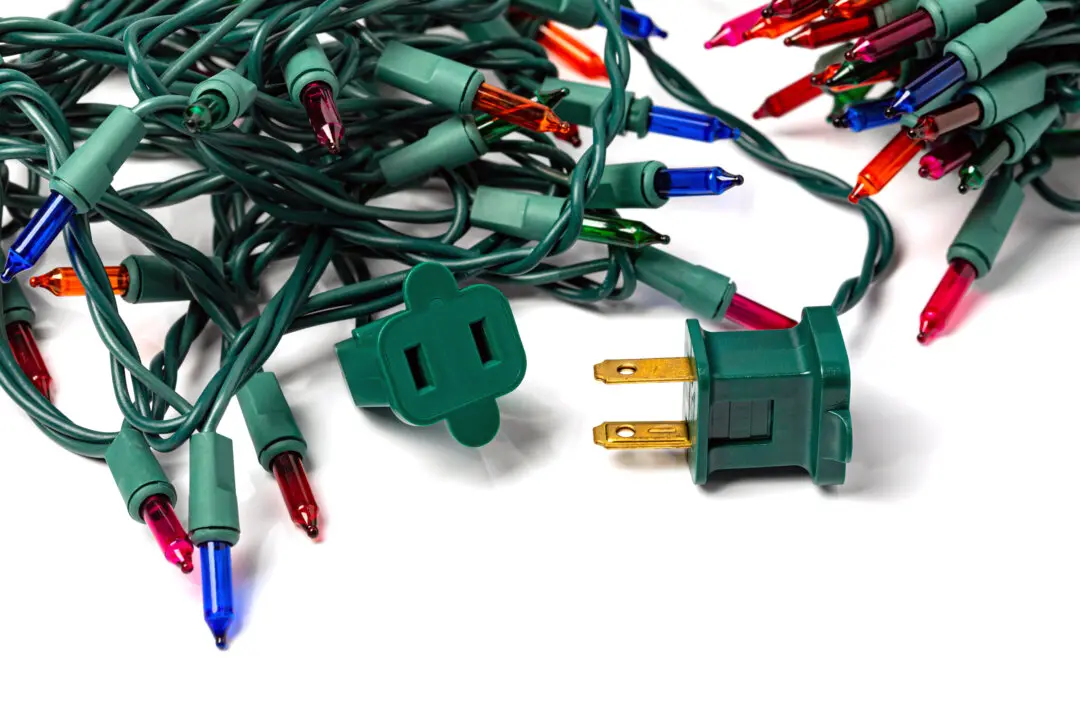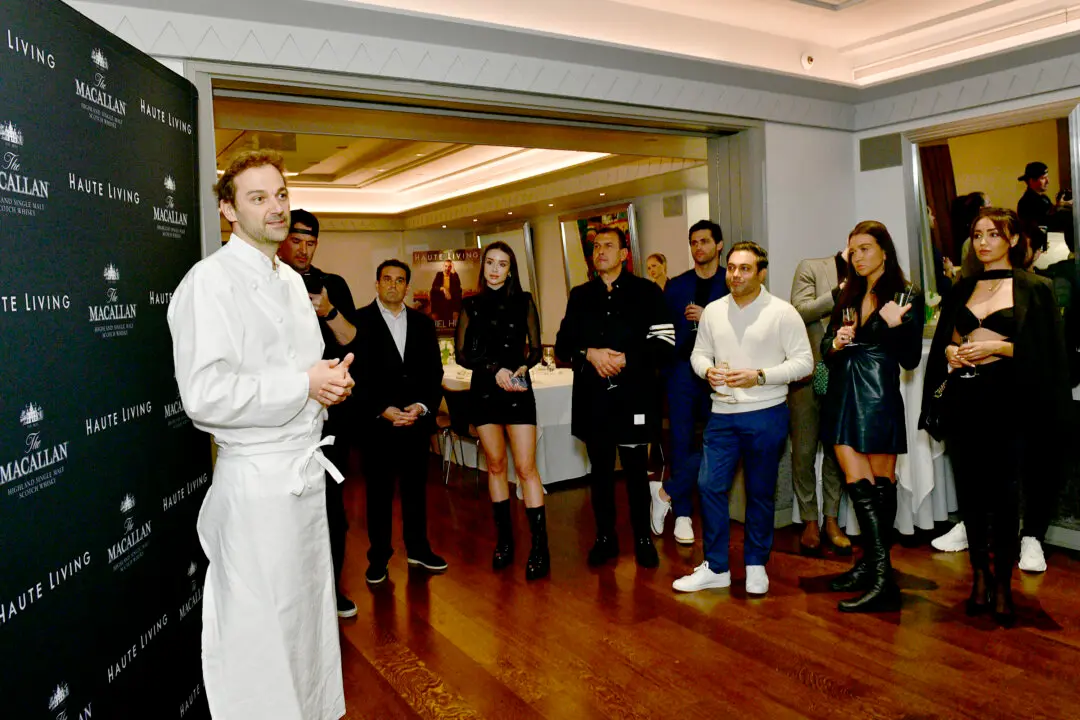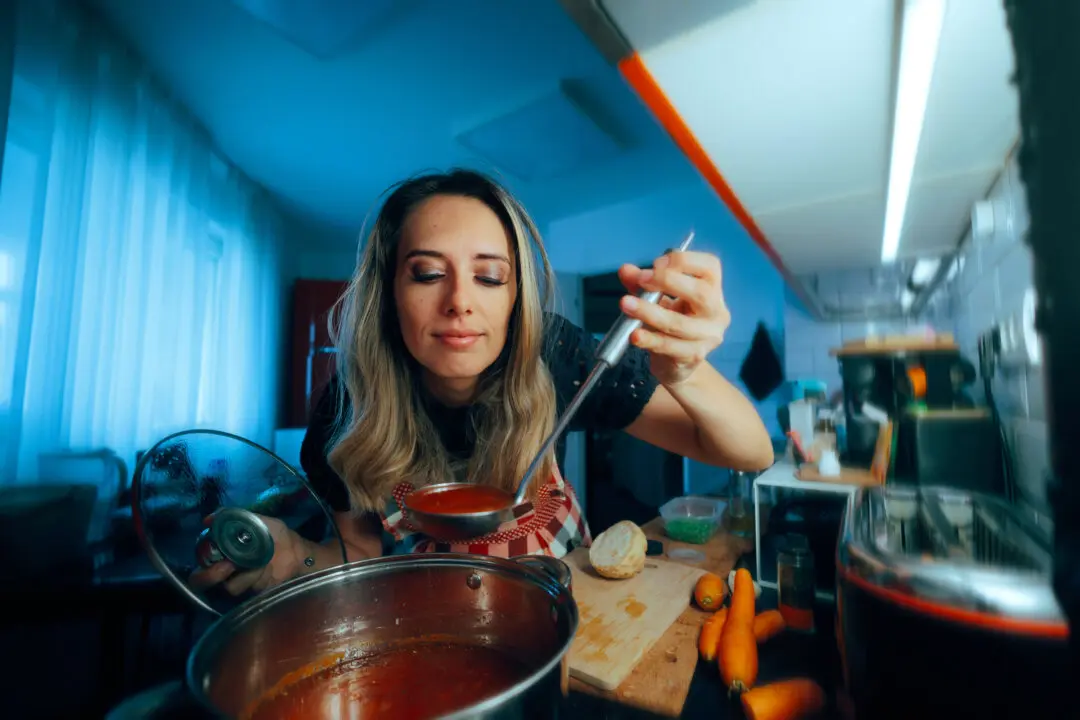By Gretchen McKay
From Pittsburgh Post-Gazette
LOUDOUN COUNTY, Va.—Virginia has long been a favorite destination for travelers, thanks to its beautiful beaches, breathtaking mountainous scenery, and storied American history. (It was home to four of the first five U.S. presidents.)
It’s also a great place to see spectacular fall foliage and drink a glass of wine, whether you prefer a full-bodied red or a crisp white or simply want a taste of Norton, the United States’ oldest native grape.
In the 1980s, the entire state had only six wineries. Today, there are more than 300 wineries and 4,000 acres under vine in eight distinct American Viticultural Areas, according to Anne Boyd, director of the Virginia Wine Marketing Board.
Virginia’s $1.73 billion wine industry has created more than 10,000 full-time jobs and has been a boon for tourism, drawing about 2.6 million visitors a year, according to Ms. Boyd.
Loudoun County boasts more than 50 wineries and tasting rooms of varying sizes, styles, and wildly different personalities. Some are situated on mountaintops with sprawling views of the Virginia countryside; others are tucked along country roads with cows and sheep grazing in nearby pastures. In a few, you might even find the winemaker pouring your sample.
There may be no better time of year to sip in the heart of Virginia’s wine and horse country than fall, when the canopy of leaves turns from a lush green to spectacular shades of red, orange, and yellow (peaking around Oct. 22). The weather’s gorgeous, the mosquitoes are mostly gone and if you time it just right, you might even see the grapes ripening on the vine.
If you haven’t visited in a while, it might seem like the wineries have popped up out of nowhere. But it’s actually been a long and steady build, Ms. Boyd says.
When the general assembly passed the Virginia Farm Winery Act in 1980, it uncorked would-be winemakers’ ability not just to grow grapes but to also make and sell their wines on the same property. The creation of the Virginia Wine Board four years later helped root the industry even deeper by providing the research and education needed to make better wine, along with marketing know-how to sell it. Oenologist Bruce Zoecklein schooled growers about the science and various styles of winemaking, while viticulturist Tony Wolf advised them on how to plant and harvest.
“[Wolf] came to Virginia and started doing research on what grapes grow the best in our soil and climate, and also the pests, which are wildly different that on the West Coast,” Ms. Boyd said. And for the next 30 years, he was the industry’s biggest cheerleader, devoting his career to advancing Virginia wines before retiring from teaching at Virginia Tech last year.
In the 1970s, Virginia was considered a cold climate region good for Rieslings and Chardonnays, but by the ‘90s, it had morphed into the warm category thanks to hot and humid summers that routinely reach over 90 degrees. So many winemakers pulled up those vines and started experimenting with warm-weather varietals such as Petit Verdot, Viognier, Cabernet Franc, and Sauvignon Blanc. And when they started to take off? Well, “it was off and running,” Ms. Boyd said.
Jennifer Breaux is the second-generation president and general manager of Breaux Vineyards in Purcellville, which has 105 acres under vine. She agrees there wasn’t a lot of good local wine when many winemakers started.
“While there are general rules of thumb, there was no East Coast guidebook for such a diverse climate where the only consistency is inconsistency,” she says. “It took years of trial and error, of figuring out what will do well in our soils and climate and what to do when.”
But learn they did, and today, “we wouldn’t be where we are without quality,” Breaux says.






